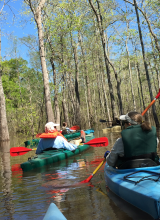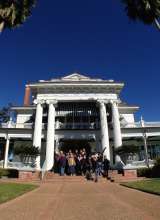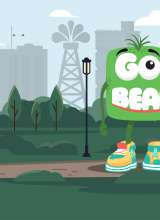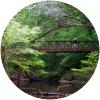As part of the National Park Service’s Centennial celebration, Big Thicket National Preserve invites visitors to explore the preserve and share their photos in a year-long photo contest. Beginning in August of 2015, park visitors will be invited to submit photos via Instagram for entry into the contest using the hashtag #BigThicketPhotoContest. Monthly winners will be chosen in three categories and displayed in our park visitor center. An overall winner will be chosen in the fall of 2016 and displayed in the visitor center for one year.
Each month photos of visitors exploring the preserve and images that capture its beauty will be highlighted. Winners will be chosen monthly by a panel of Big Thicket National Preserve staff and volunteers. All ages are welcomed and encouraged to have fun while photographing the preserve. Additional information about this photo contest and how to participate can be found on the preserve website at www.nps.gov/bith.
During this centennial year, Big Thicket National Preserve will be encouraging our neighbors and visitors to explore, support, and connect with the preserve by participating in a number of special centennial programs. Learn more about how you can get involved in this year-long celebration on our website.
Big Thicket National Preserve is located in southeast Texas, near the city Beaumont and 75 miles northeast of Houston. The preserve consists of nine land units and six water corridors encompassing more than 112,000 acres. The Big Thicket, often referred to as a “biological crossroads,” is a transition zone between four distinct vegetation types – the moist eastern hardwood forest, the southwestern desert, the southeastern swamp, and the central prairies. Species from all of these different vegetation types come together in the thicket, exhibiting a variety of vegetation and wildlife that has received national interest.
The National Park Service will celebrate its centennial in 2016 and is using this opportunity to invite a new generation of Americans, and those who already know and love the parks, to discover what national parks and other public lands mean to them through the Find Your Park campaign. To learn more or get involved, visit FindYourPark.com.









